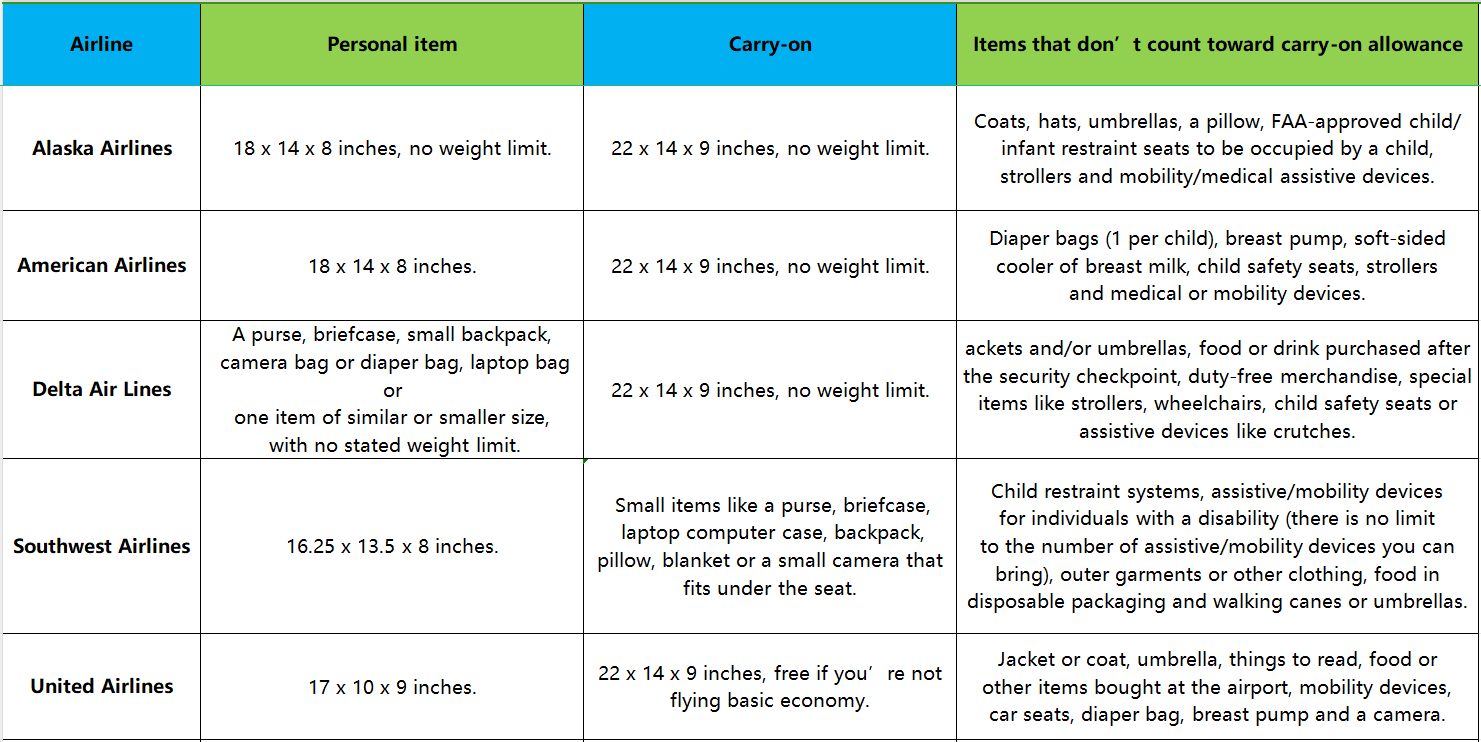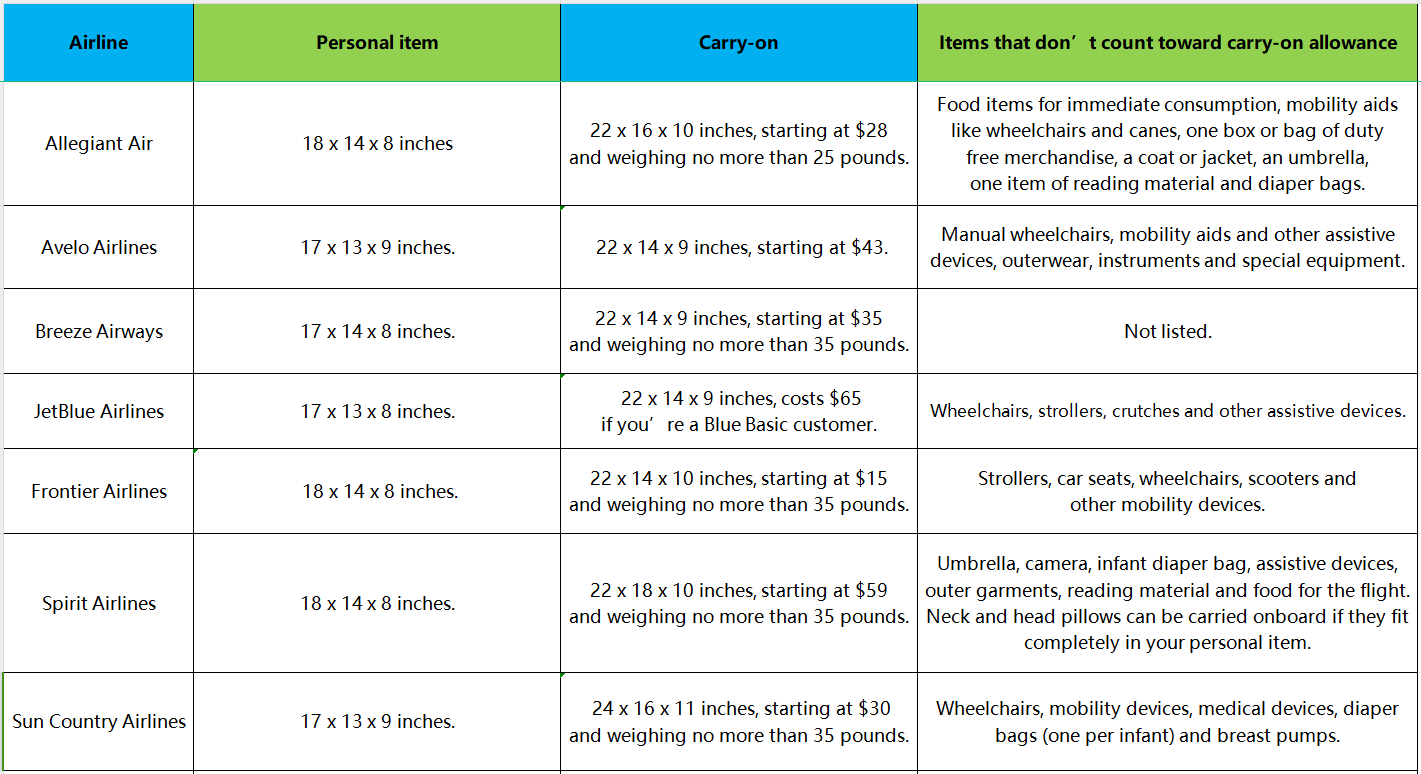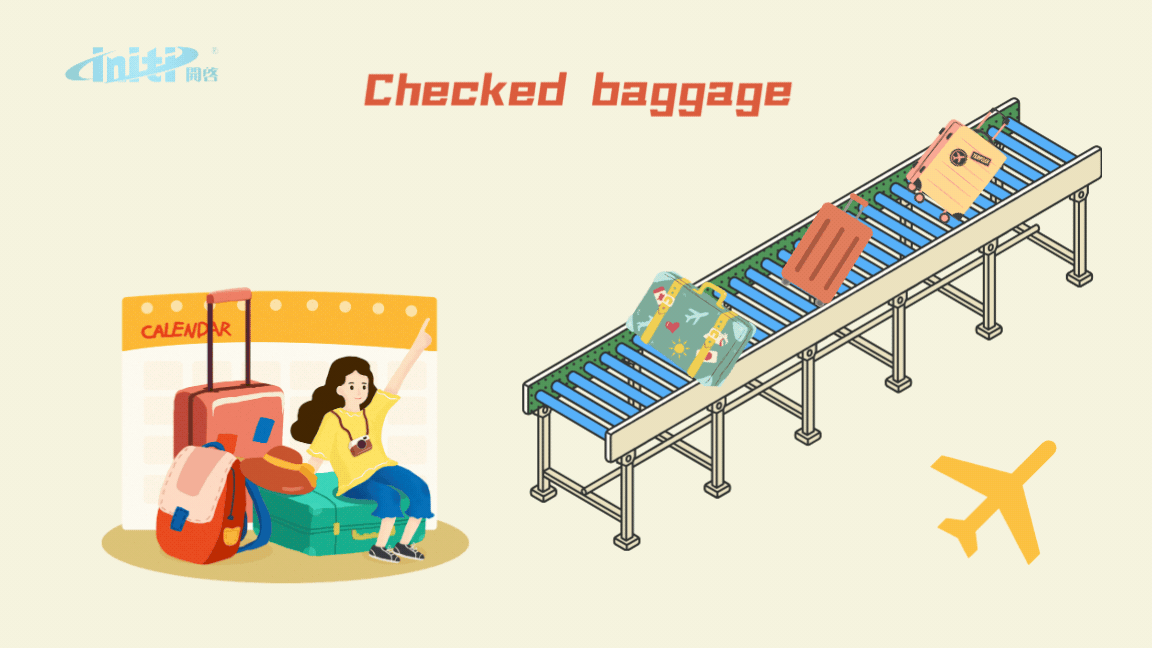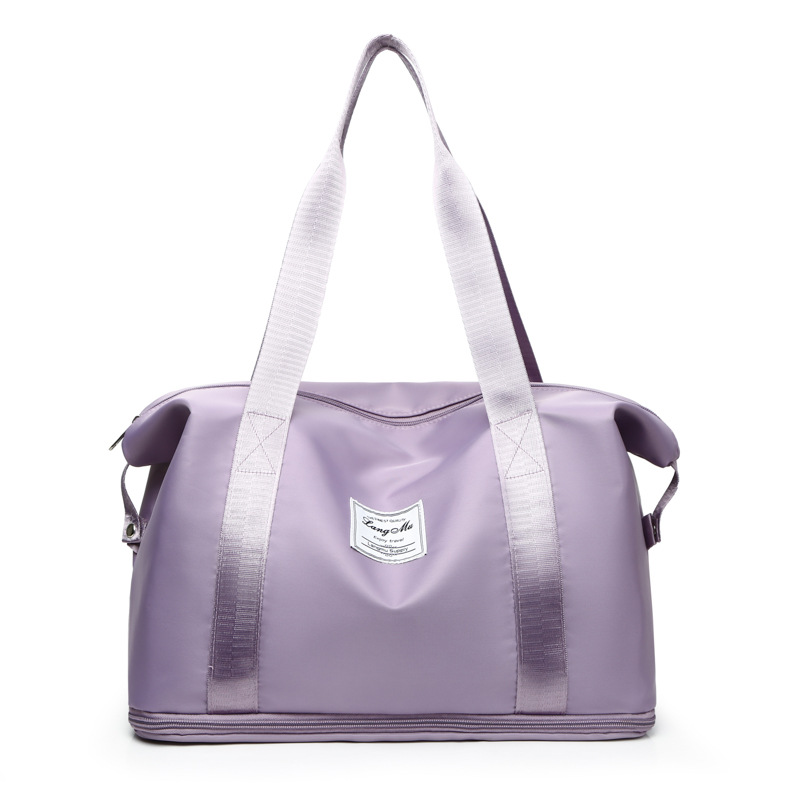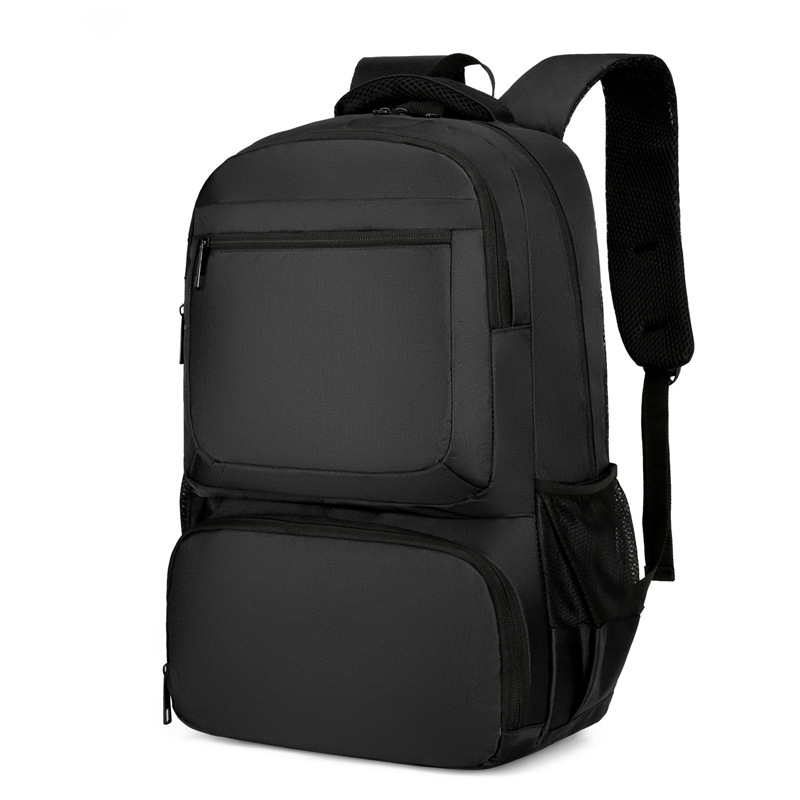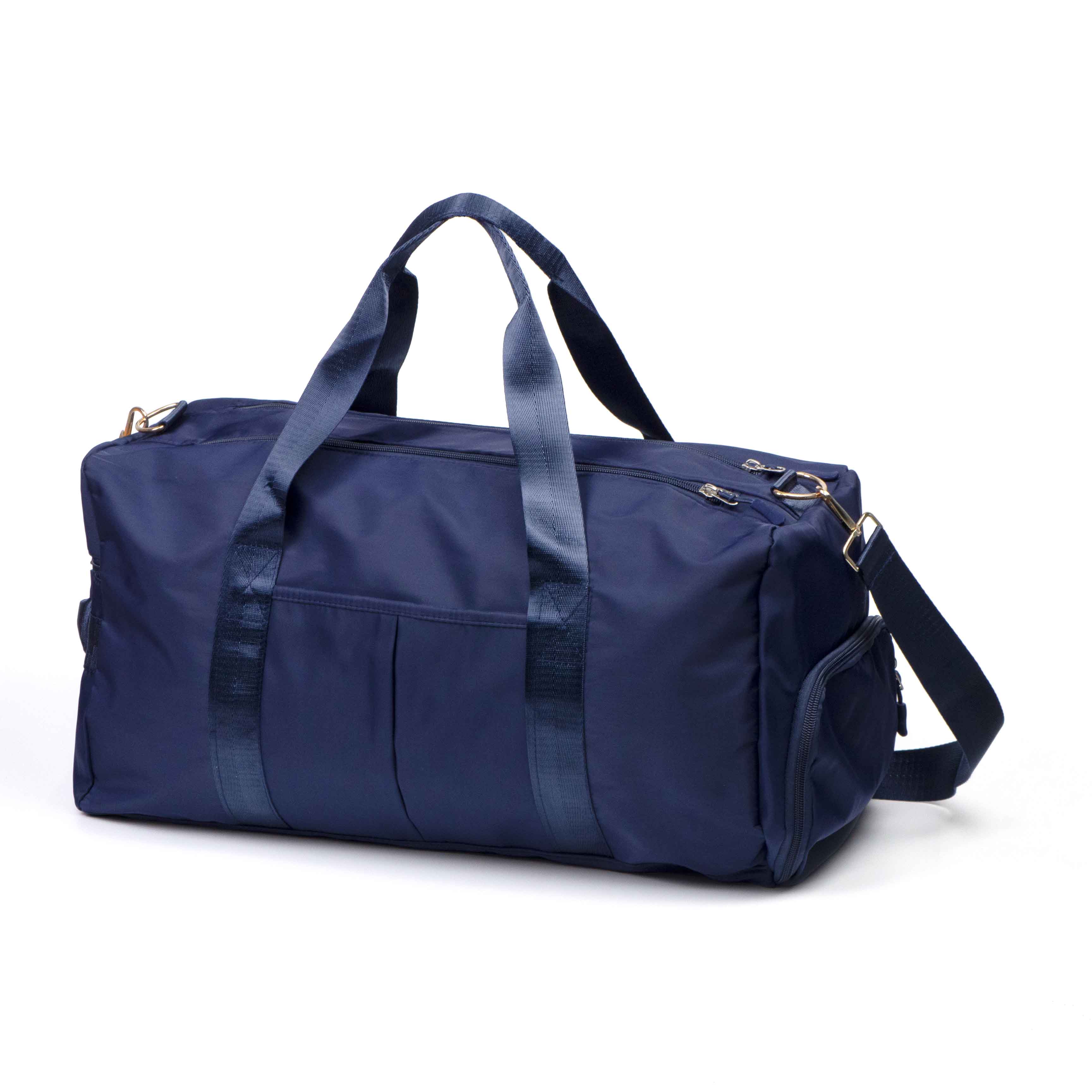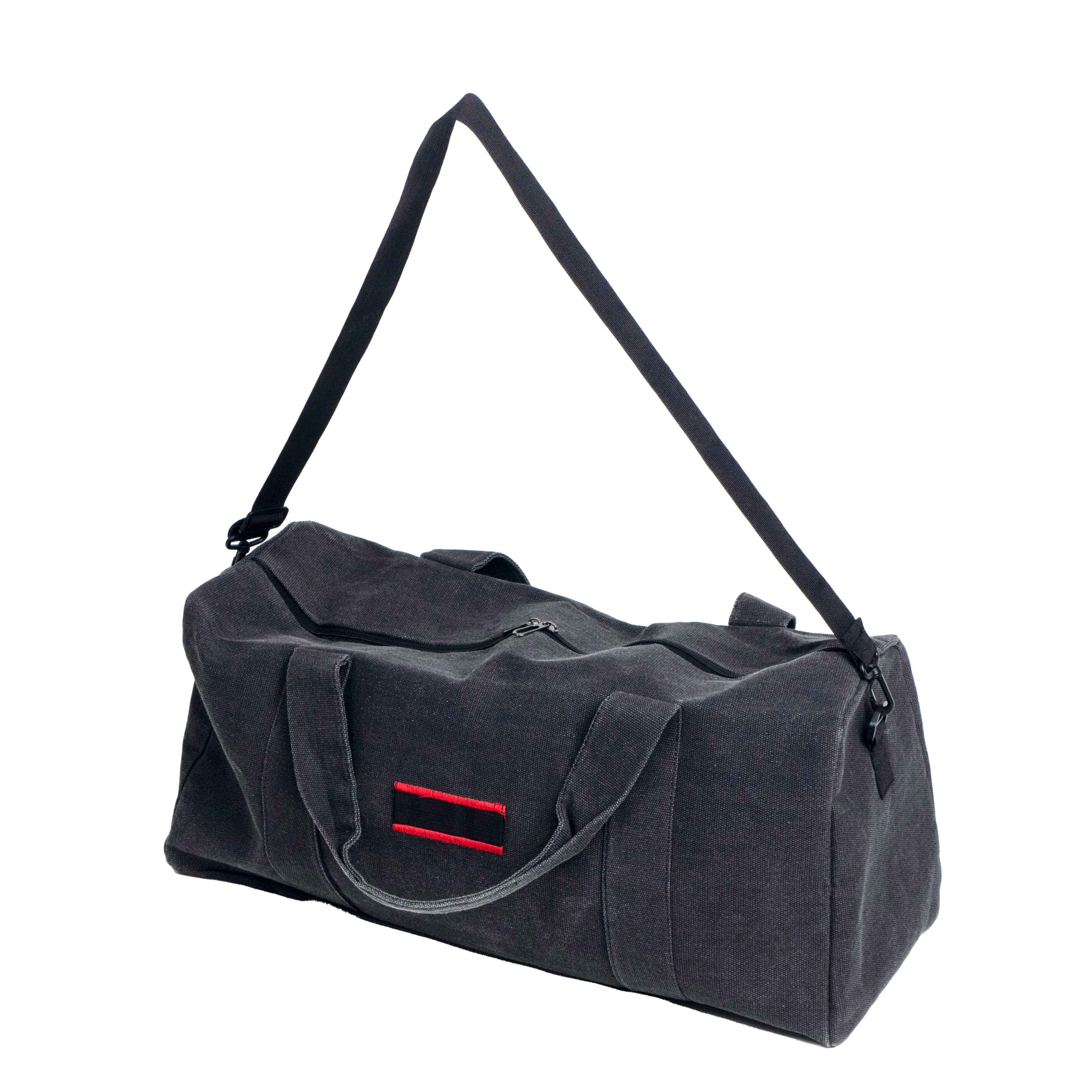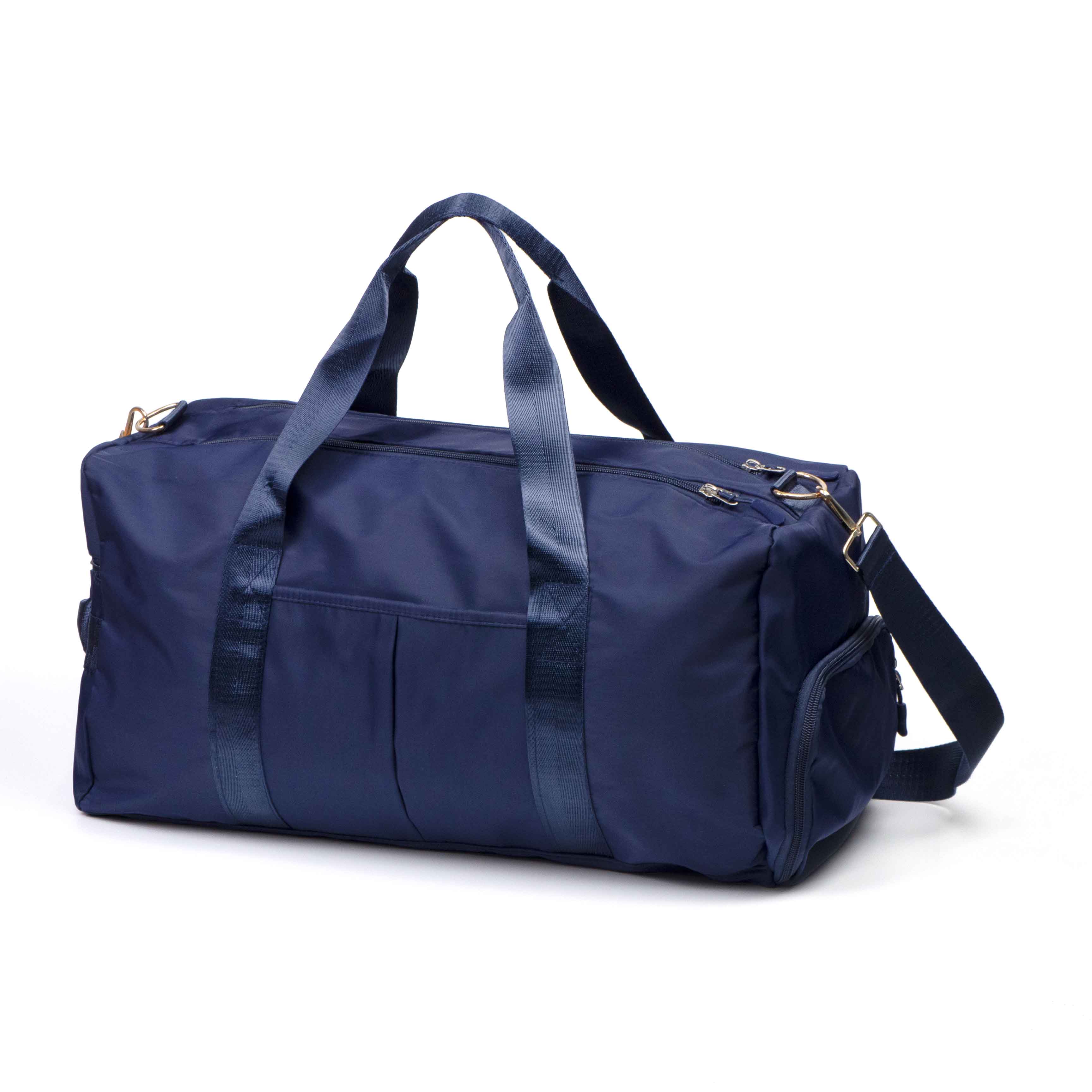Can a travel bag be used as carry-on luggage ?A Practical Guide to Flights
Travelling has become a regular part of modern life and air travel saves us a lot of time. Whenever travelling by plane,travelers are always faced with a question - whether to check in or carry on baggage. Among them, the travel bag bag as a carry-on baggage to carry on the plane, has become the first choice of many travelers. It has many advantages such as convenience and speed, but it also has certain limitations. Different airlines have different size and weight limitations for luggage, and this article also collates the baggage allowance standards of major airlines, which may be helpful for your travel.
The advantages of travelling bags as carry-on luggage
1. Convenience and flexibility
Luggage bags can hold as much (or more) as an equivalent standard suitcase and can be compressed for easy storage. Whether you're on a weekend break or travelling abroad, there are plenty of carry-on bags available that are easy to carry and fit easily into your overhead compartments. Typically, carry-on luggage does not need to go through the check-in and baggage collection process, and travelers can take their bags straight onto the plane, reducing waiting time. Especially on short trips or business trips, time is precious and travelers want to get through security, boarding and disembarkation quickly. Carry-on travel bags allow travelers to avoid the tedious steps involved in checking in luggage, greatly improving the efficiency of travel. During the flight, travelers may need to access some personal items such as electronic devices, books, drinks or snacks. If these items are stored in checked baggage, they cannot be removed during the entire flight. As convenient as it is, you should also consider the size and weight of your bag, as you need to ensure that your bag meets the baggage allowance standards of the airline you are travelling with.
Below is a table of baggage allowance standards for mainstream flights for your reference:
Major US domestic airlines carry-on policies
Budget US domestic airlines carry-on policies
Major international airlines carry-on luggage policies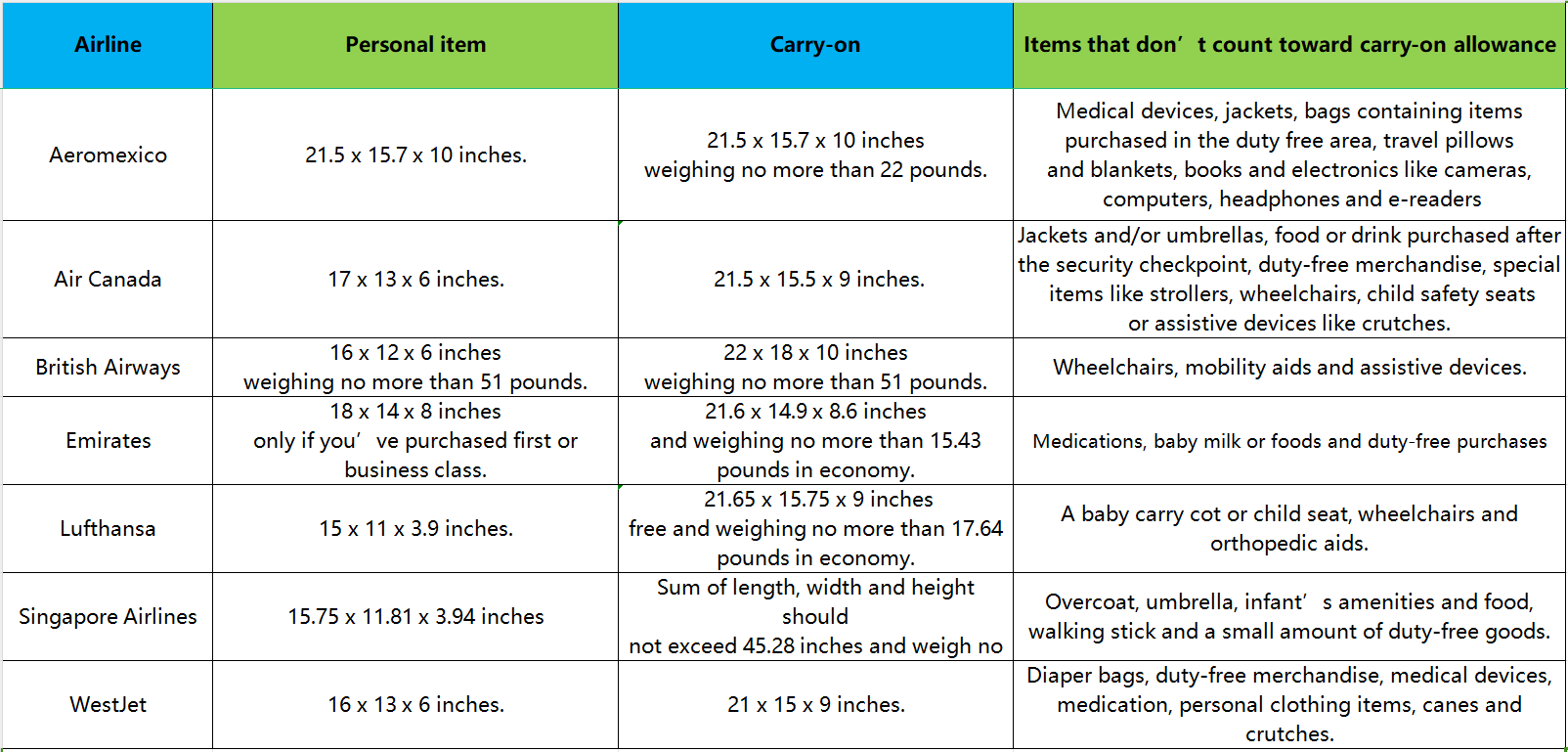
2. High baggage security
Checked baggage sometimes gets lost, damaged, or delayed, whereas carry-on luggage remains under the passenger’s direct control, reducing the risk of such issues. After all, it’s hard to guarantee that you won’t encounter violent baggage checks.Important items, such as valuables, passports, tickets, and electronic devices, can be stored in the travel bag, making them easily accessible and secure. This is especially important on long international flights, where checked luggage has to go through multiple stages and transfers, increasing the likelihood of mishaps. Having a travel bag as carry-on reduces these uncertainties.
3. Cost savings
Many airlines charge additional fees for checked baggage, especially budget airlines, where luggage fees can add a significant amount to the overall travel cost. Carry-on luggage, on the other hand, is typically free, provided that the bag meets the airline’s size and weight requirements. Therefore, using a travel bag as carry-on is an economical option, particularly for budget-conscious travelers looking to keep their expenses low.
4. Variety of Travel Bag Options
Travel bags come in various types, giving travelers flexibility in choosing one that best suits their needs. Common options include backpacks, rolling suitcases, crossbody bags, or tote bags. Backpacks are ideal for short trips or light travel, while rolling suitcases offer more capacity and ease of movement. Crossbody bags and tote bags are excellent for storing valuables and small items. This variety allows passengers to select a travel bag tailored to their preferences and travel requirements.
The Disadvantages of Using Travel Bags as Carry-On Luggage
1. Limited Capacity
One of the biggest drawbacks of using travel bags as carry-on luggage is the limited capacity. Most airlines impose strict regulations on the size and weight of carry-on bags, typically restricting them to a weight limit of 7-10 kilograms and a size that does not exceed 20 inches. For travelers needing to carry more items or larger objects, carry-on luggage may not be sufficient, requiring them to check additional luggage.
2. Limited Space for Luggage on Planes
Carry-on luggage must be stored in the overhead bins or under the seat in front of the passenger, but space for these bags on planes is limited. On crowded flights, overhead storage compartments can fill up quickly, which may force passengers to stow their bags far from their seats, making it inconvenient to access their belongings. In some cases, when space is entirely unavailable, the airline may require passengers to check their carry-on bags at the last minute, causing delays or unexpected baggage handling.
3. Strict Security Restrictions
Airports enforce strict security regulations on carry-on luggage, particularly regarding liquids, powders, and electronic devices. Typically, liquid containers are limited to no more than 100 milliliters and must be placed in a clear plastic bag. Some medications, food, or personal care items may also be subject to restrictions. Travelers must carefully follow these rules when packing carry-on bags to avoid carrying prohibited items or items that do not comply with security standards. This adds a layer of complexity when preparing luggage, especially for travelers needing to bring specific or sensitive items.
4. Risk of Damage
While carry-on luggage avoids the risks of being lost or delayed in checked baggage, it can still be subject to damage during the flight. For example, overhead bins can get overcrowded, leading to compression or damage to the travel bag or its contents. Items may shift during takeoff, landing, or turbulence, potentially causing fragile items to break or get damaged. Additionally, mishandling during bag retrieval can result in the bag falling from the overhead bin, posing a risk to both the bag and other passengers.
5. Impact on In-Flight Comfort
Travel bags stored under the seat can reduce legroom and impact a passenger’s overall comfort during the flight. This is especially problematic on long-haul flights, where travelers need extra space to stretch and move around. A bulky travel bag under the seat could restrict movement and make the journey less pleasant. Passengers may have to sacrifice some of their personal space for the convenience of having their bag within reach.
Conclusion
Using a travel bag as carry-on luggage offers notable advantages, such as convenience, flexibility, enhanced security, cost savings, and easy access to items during the flight. However, it also comes with limitations, including restricted capacity, limited storage space on planes, strict security rules, potential damage risks, and the potential for reduced in-flight comfort.
Hot Tags:Shopping Bag China, suppliers, manufacturers, factory, wholesale, in bulk, for sale,tote bag ideas,canvas bags for storage,cotton shoulder bag, rpet bag, custom garment bags,canvas drawstring bags,Insulated lunch cooler bag,makeup cosmetic bag for sale,Grocery and Shopping tote bag,Beach Accessories,Jute/hemp/burlap tote bag,Corduroy tote bag,Travel bag,Linen bag,Paper bag

